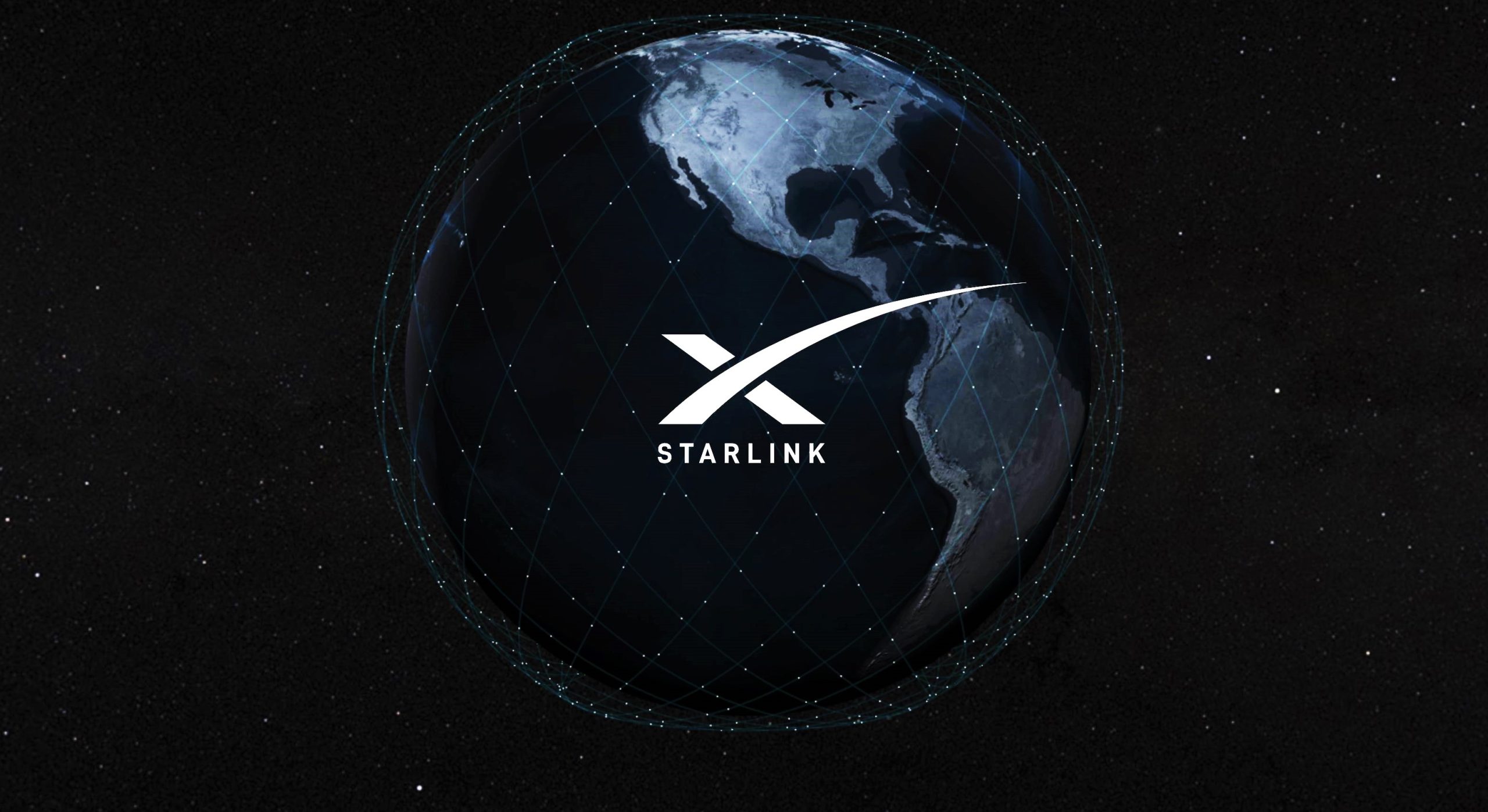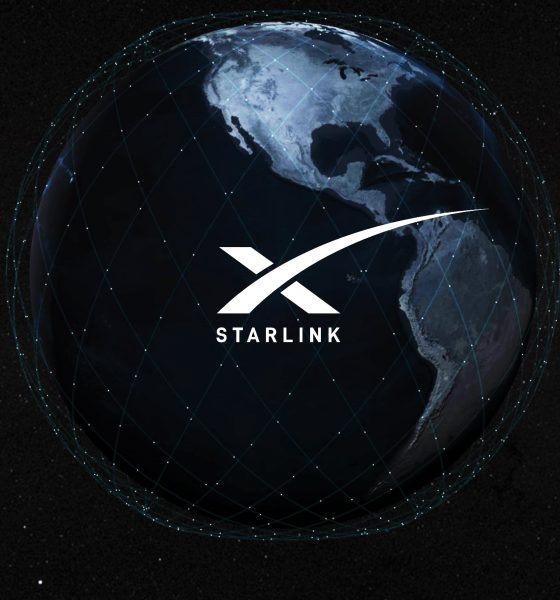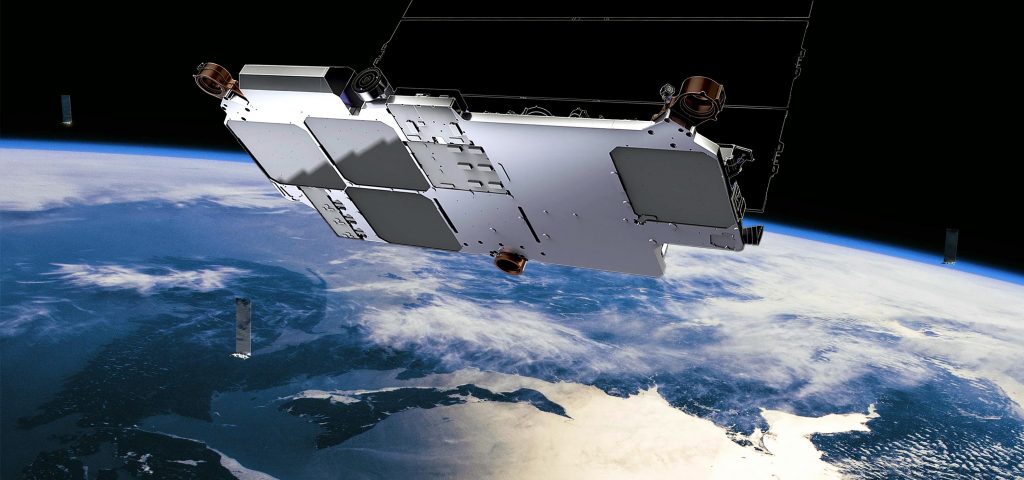

News
SpaceX set to deploy another large batch of internet satellites as Starlink constellation expands
For the third time in less than four weeks, SpaceX has announced a new 60-satellite Starlink mission, making it the second Starlink launch scheduled in the first month of the new year.
This mission will be the company’s fifth dedicated Starlink launch, referring to the fact that SpaceX is using all of the performance of Falcon 9 for its own internal purposes. Comprised of 60 flat-packed satellites, SpaceX completed its first dedicated Starlink launch – known as Starlink v0.9 – in May 2019, followed by the first launch of 60 finalized “Starlink v1.0” satellites on November 11th, a mission known as Starlink-1.
Barring delays, the next Starlink v1.0 launch – Starlink-2 – will be SpaceX’s 14th and final launch of the year and is scheduled to lift off no earlier than 11:40 pm ET, December 30th (03:40 UTC, Dec 31), a mission the company announced on November 24th. Barely two weeks later, SpaceX announced media accreditation for Starlink-3, scheduled to launch in January 2020.
Now, just ten days after announcing Starlink-3, SpaceX has announced plans for Starlink-4. Scheduled to launch no earlier than “late-January”, Starlink-4 is now the third Starlink mission SpaceX has announced in less than four weeks, all three of which are scheduled to launch within the next six weeks.
As previously discussed on Teslarati, the fact that SpaceX announced two Starlink missions in two weeks meshed well with the company’s goal of performing up to 24 dedicated Starlink launches in 2020.
“Barely two weeks after SpaceX opened media accreditation for Starlink-2, the second launch of finalized ‘v1.0’ satellites and third dedicated launch overall, the company has announced that that late-December mission will be followed by another Starlink launch in January 2020. This tracks almost exactly with SpaceX’s reported plans for as many as 24 dedicated Starlink launches in 2020, a feat that would singlehandedly break SpaceX’s current record of 21 launches performed in a single year.”
Eric Ralph — December 10th, 2019
With SpaceX’s December 19th’s Starlink-4 announcement, it’s now abundantly clear that the company is putting its money where its mouth is with respect to what might otherwise be perceived as a Muskian pie-in-the-sky target. CEO Elon Musk is (in)famous for his tendency to sketch out timelines that probably are theoretically possible but inevitably fall prey to the numerous challenges often faced during ambitious aerospace projects.
As of now, SpaceX took a bit less than six months to go from its first 60-satellite Starlink v0.9 launch to its first Starlink v1.0 launch (Starlink-1). If schedules hold, SpaceX’s second Starlink v1.0 launch – Starlink-2 – will lift off about six weeks after Starlink-1, while Starlink-3 could follow just 1-2 weeks later in January 2020.

This is all to say that SpaceX is perfectly setting itself up for an average of two Starlink launches per month next year, so long as it continues to announce new missions every 2-3 weeks. Even if SpaceX falls short of that ambition due to any number of technical hurdles that could pop up next year, 15 or 20 Starlink launches would give the company a Starlink constellation more than a thousand satellites strong.
In recent months, SpaceX has indicated that Starlink will need at least 24 dedicated launches – 1440 satellites – to achieve uninterrupted global coverage, while as few as six launches (300 satellites) could enable service for customers in the northern US and southern Canada.

SpaceX COO and President Gwynne Shotwell believes the company can begin serving customers as early as mid-2020, ultimately maturing into an experienced internet service provider (ISP) in 2021. With almost 120 satellites already in orbit, if SpaceX can manage an average of 1.5 to 2 Starlink launches per month in 2020, the broadband internet constellation will have near-global coverage before the start of 2021.
For now, it looks like the first few months of the next decade will be jam-packed with SpaceX Starlink launches, not to mention the customer launches the company intends to complete on top of its own internal manifest.
Check out Teslarati’s Marketplace! We offer Tesla accessories, including for the Tesla Cybertruck and Tesla Model 3.

News
Tesla aims to combat common Full Self-Driving problem with new patent
Tesla writes in the patent that its autonomous and semi-autonomous vehicles are heavily reliant on camera systems to navigate and interact with their environment.

Tesla is aiming to combat a common Full Self-Driving problem with a new patent.
One issue with Tesla’s vision-based approach is that sunlight glare can become a troublesome element of everyday travel. Full Self-Driving is certainly an amazing technology, but there are still things Tesla is aiming to figure out with its development.
Unfortunately, it is extremely difficult to get around this issue, and even humans need ways to combat it when they’re driving, as we commonly use sunglasses or sun visors to give us better visibility.
Cameras obviously do not have these ways to fight sunglare, but a new patent Tesla recently had published aims to fight this through a “glare shield.”
Tesla writes in the patent that its autonomous and semi-autonomous vehicles are heavily reliant on camera systems to navigate and interact with their environment.

The ability to see surroundings is crucial for accurate performance, and glare is one element of interference that has yet to be confronted.
Tesla described the patent, which will utilize “a textured surface composed of an array of micro-cones, or cone-shaped formations, which serve to scatter incident light in various directions, thereby reducing glare and improving camera vision.”

The patent was first spotted by Not a Tesla App.
The design of the micro-cones is the first element of the puzzle to fight the excess glare. The patent says they are “optimized in size, angle, and orientation to minimize Total Hemispherical Reflectance (THR) and reflection penalty, enhancing the camera’s ability to accurately interpret visual data.”
Additionally, there is an electromechanical system for dynamic orientation adjustment, which will allow the micro-cones to move based on the angle of external light sources.
This is not the only thing Tesla is mulling to resolve issues with sunlight glare, as it has also worked on two other ways to combat the problem. One thing the company has discussed is a direct photon count.
CEO Elon Musk said during the Q2 Earnings Call:
“We use an approach which is direct photon count. When you see a processed image, so the image that goes from the sort of photon counter — the silicon photon counter — that then goes through a digital signal processor or image signal processor, that’s normally what happens. And then the image that you see looks all washed out, because if you point the camera at the sun, the post-processing of the photon counting washes things out.”
Future Hardware iterations, like Hardware 5 and Hardware 6, could also integrate better solutions for the sunglare issue, such as neutral density filters or heated lenses, aiming to solve glare more effectively.
Elon Musk
Delaware Supreme Court reinstates Elon Musk’s 2018 Tesla CEO pay package
The unanimous decision criticized the prior total rescission as “improper and inequitable,” arguing that it left Musk uncompensated for six years of transformative leadership at Tesla.

The Delaware Supreme Court has overturned a lower court ruling, reinstating Elon Musk’s 2018 compensation package originally valued at $56 billion but now worth approximately $139 billion due to Tesla’s soaring stock price.
The unanimous decision criticized the prior total rescission as “improper and inequitable,” arguing that it left Musk uncompensated for six years of transformative leadership at Tesla. Musk quickly celebrated the outcome on X, stating that he felt “vindicated.” He also shared his gratitude to TSLA shareholders.
Delaware Supreme Court makes a decision
In a 49-page ruling Friday, the Delaware Supreme Court reversed Chancellor Kathaleen McCormick’s 2024 decision that voided the 2018 package over alleged board conflicts and inadequate shareholder disclosures. The high court acknowledged varying views on liability but agreed rescission was excessive, stating it “leaves Musk uncompensated for his time and efforts over a period of six years.”
The 2018 plan granted Musk options on about 304 million shares upon hitting aggressive milestones, all of which were achieved ahead of time. Shareholders overwhelmingly approved it initially in 2018 and ratified it once again in 2024 after the Delaware lower court struck it down. The case against Musk’s 2018 pay package was filed by plaintiff Richard Tornetta, who held just nine shares when the compensation plan was approved.
A hard-fought victory
As noted in a Reuters report, Tesla’s win avoids a potential $26 billion earnings hit from replacing the award at current prices. Tesla, now Texas-incorporated, had hedged with interim plans, including a November 2025 shareholder-approved package potentially worth $878 billion tied to Robotaxi and Optimus goals and other extremely aggressive operational milestones.
The saga surrounding Elon Musk’s 2018 pay package ultimately damaged Delaware’s corporate appeal, prompting a number of high-profile firms, such as Dropbox, Roblox, Trade Desk, and Coinbase, to follow Tesla’s exodus out of the state. What added more fuel to the issue was the fact that Tornetta’s legal team, following the lower court’s 2024 decision, demanded a fee request of more than $5.1 billion worth of TSLA stock, which was equal to an hourly rate of over $200,000.
Delaware Supreme Court Elon Musk 2018 Pay Package by Simon Alvarez
News
Tesla Cybercab tests are going on overdrive with production-ready units
Tesla is ramping its real-world tests of the Cybercab, with multiple sightings of the vehicle being reported across social media this week.

Tesla is ramping its real-world tests of the Cybercab, with multiple sightings of the autonomous two-seater being reported across social media this week. Based on videos of the vehicle that have been shared online, it appears that Cybercab tests are underway across multiple states.
Recent Cybercab sightings
Reports of Cybercab tests have ramped this week, with a vehicle that looked like a production-ready prototype being spotted at Apple’s Visitor Center in California. The vehicle in this sighting was interesting as it was equipped with a steering wheel. The vehicle also featured some changes to the design of its brake lights.
The Cybercab was also filmed testing at the Fremont factory’s test track, which also seemed to involve a vehicle that looked production-ready. This also seemed to be the case for a Cybercab that was spotted in Austin, Texas, which happened to be undergoing real-world tests. Overall, these sightings suggest that Cybercab testing is fully underway, and the vehicle is really moving towards production.
Production design all but finalized?
Recently, a near-production-ready Cybercab was showcased at Tesla’s Santana Row showroom in San Jose. The vehicle was equipped with frameless windows, dual windshield wipers, powered butterfly door struts, an extended front splitter, an updated lightbar, new wheel covers, and a license plate bracket. Interior updates include redesigned dash/door panels, refined seats with center cupholders, updated carpet, and what appeared to be improved legroom.
There seems to be a pretty good chance that the Cybercab’s design has been all but finalized, at least considering Elon Musk’s comments at the 2025 Annual Shareholder Meeting. During the event, Musk confirmed that the vehicle will enter production around April 2026, and its production targets will be quite ambitious.








